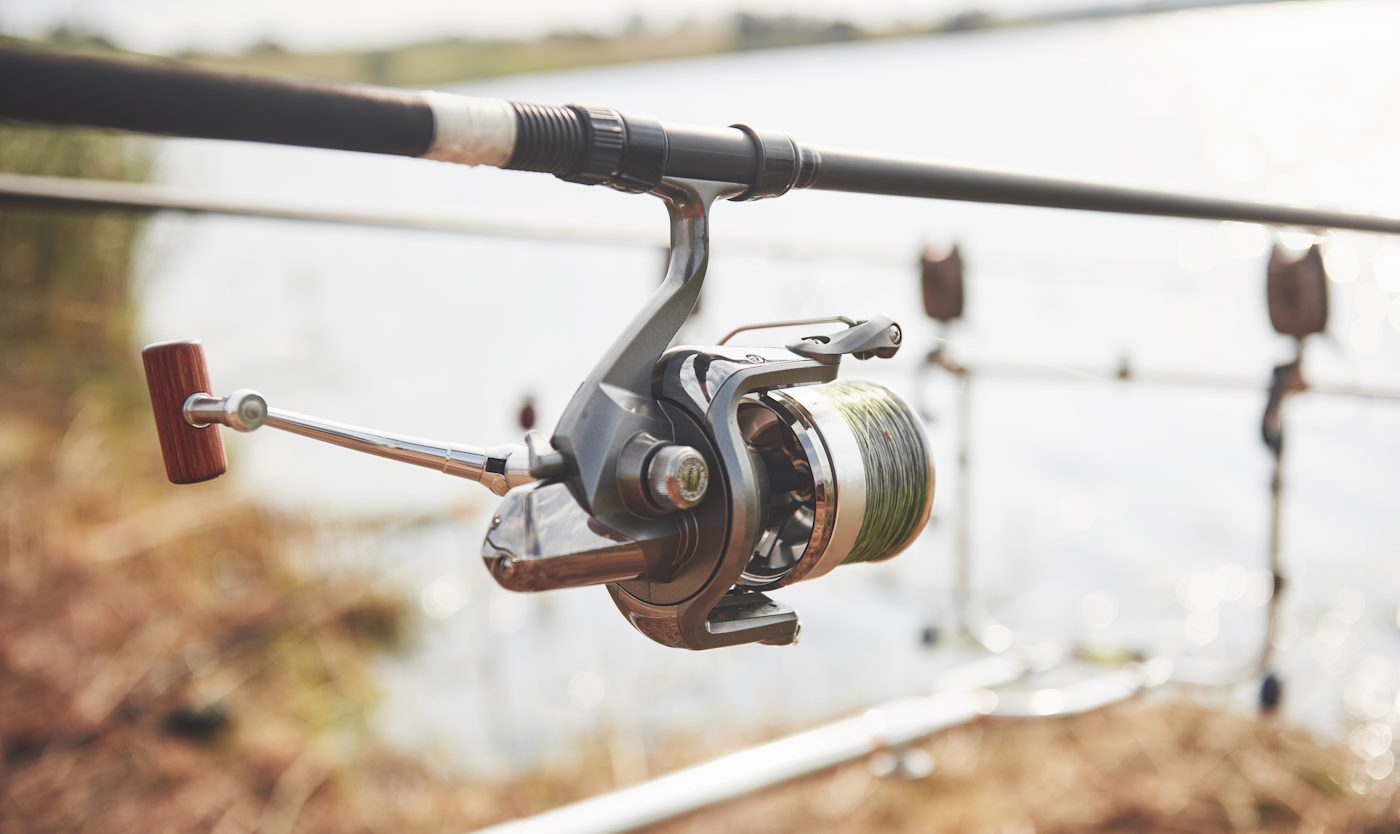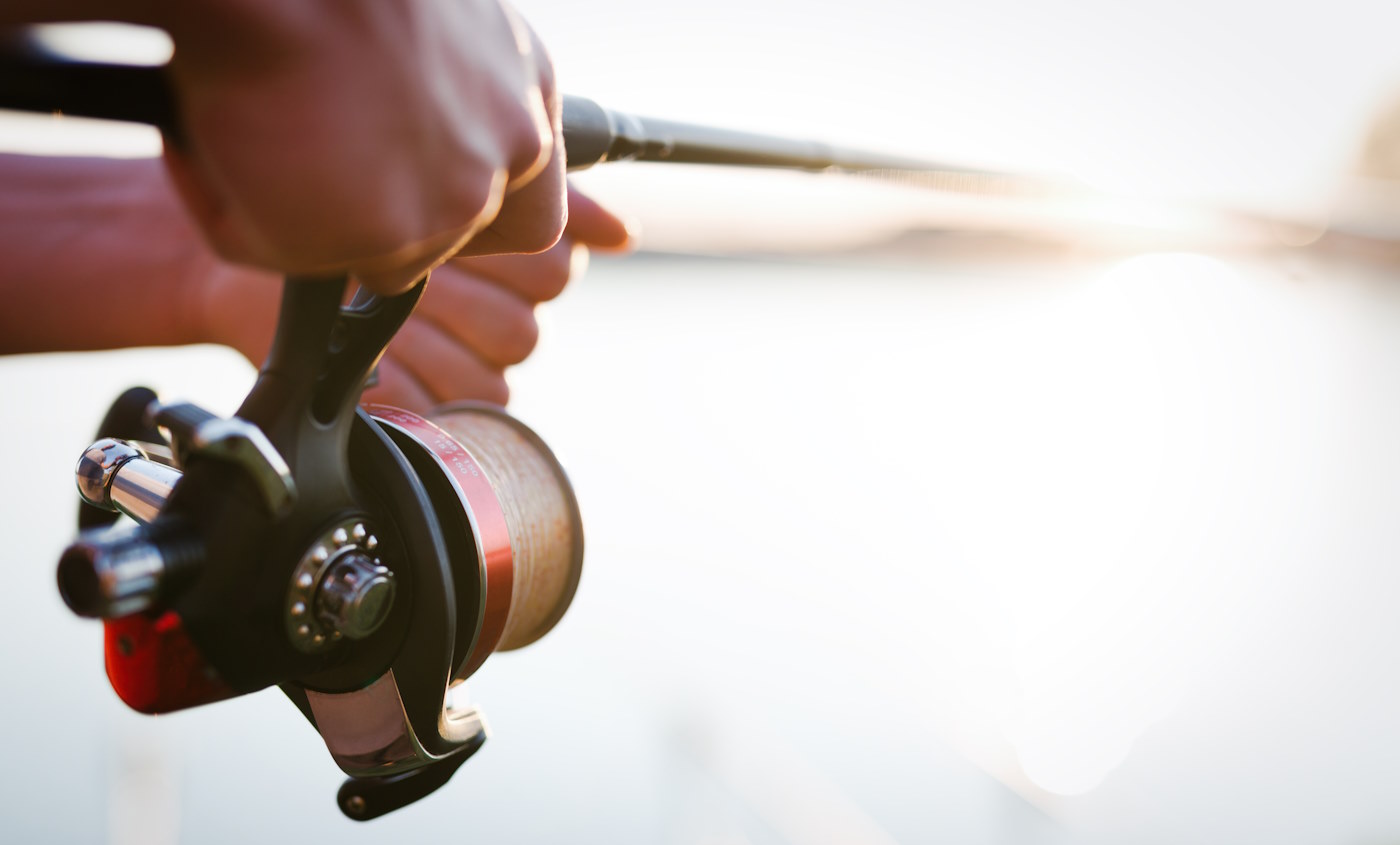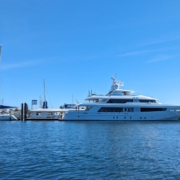Best Boat Only Destinations Around Vancouver Island
Who doesn’t love the beauty and serenity that a secluded beach, only accessible by boat, provides? At Van Isle Marina, we love spending days or weeks at a time aboard our boats exploring the Pacific Northwest, particularly the many islands and coves around Vancouver Island.
Sometimes, the best places are stumbled upon by accident, when you weren’t even looking for them, but there are a few places that should definitely be on your boating bucket list. Here are our top places around Vancouver Island that you can only get to by boat:
Snake Island
Snake Island, about 6 km from Nanaimo’s Departure Bay, is a small, uninhabited island that’s popular with kayakers and canoers. Directly in the path of BC Ferries, be on high alert when navigating this region. Snake Island offers amazing diving experiences, a little lighthouse, a large population of harbour seals, beautiful sandstone overhangs, and great birdwatching opportunities.
Rugged Point Marine Park
If you’re looking for plenty of park amenities such as camping, canoeing, fishing, windsurfing, and hiking, check out Rugged Point. This provincial park is located on the west coast of northern Vancouver Island on the southwest end of Kyuquot Channel in the mouth of Kyuquot Sound. There are a variety of safe places to anchor at Rugged Point or in nearby Dixie Cove, making this a popular destination for boaters.
Clayoquot Wilderness Resort
For a night or two on land, consider a stay at the seasonally-operated Clayoquot Wilderness Resort – an “all-inclusive eco-safari resort” about 30 minutes by boat from Tofino. At this wilderness retreat, you get the chance to stay in one of 25 great white canvas, fully-equipped prospector-style tents, and enjoy artfully prepared coastal gourmet cuisine, a spa and more.
Broken Island Group
The Broken Group of Islands in the middle of Barkley Sound is nestled in the Alberni Inlet and close to the Pacific Rim National Park – one of Canada’s most acclaimed parks. Allow several days of boating here, where you’ll enjoy 50 kilometres of fine sand beaches at the national park before or after exploring the Broken Group Islands. If you’re into fishing, check out Eagle Nook Resort for world-class, all-inclusive salmon and fishing charters. Located amongst the Broken Group of Islands and accessible only by boat or seaplane, this remote 5-star fishing vacation is certainly something you’ll want to add to your itinerary.
Grant Bay
Grant Bay, located on the northwest coast of Vancouver Island near Port Hardy, is a white sand secluded beach that technically can be accessed by a drive and a hike, but we believe it’s much more fun to bypass all that by using a boat.
To get there from Winter Harbour, where there is a boat launch if need be, bear right at Mathews Island, continue up the inlet, bear left, tie up safely on the beach and follow the trail through the forest about 30 minutes. You’re there when you see a wide expanse of West Coast sandy beach. You might also see whales and sea otters, both of which are common in the area.
Sandy Island
Sandy Island Marine Park, known locally as Tree Island, is located on the northern tip of Denman Island. Access is boat-only or by foot from Denman Island at low tide. Sandy Island offers great birdwatching and sandy beaches suitable for sunbathing and swimming.
Ahousaht
Ahousaht, located in a small bay on the east side of Flores Island in Clayoquot Sound, is the largest of the Nuu-chah-nulth First Nations with more than 2,000 members. At Ahousaht, you’ll also find the Clayoquot Sound Biosphere Reserve, home to a diverse ecosystem and a rare ancient temperate rain forest. Take a reprieve from life at sea. Moor the boat and stay at the Aauuknuk Lodge or the Lone Cone Hostel and Campground located on Meares Island.
Vargas Island Provincial Park
Vargas Island Provincial Park in Clayoquot Sound is located immediately northwest of Tofino and west of Meares Island on the west coast of Vancouver Island. This park offers great paddling, camping, and wildlife viewing. Also be on the lookout for Gray whales around Ahous Bay in the spring.
On the shorelines of Vargas Island, you’ll see an exposed rocky coast, sandy beaches, sheltered channels and bays, an intertidal lagoon, and ancient sand berms – rows of crescent-shaped sand mounds that indicate earlier sea levels.
Desolation Sound Marine Provincial Park
Chances are you’ve already heard about or been to Desolation Sound Marine Provincial Park – a boater’s paradise, with its calm waters, vistas, and more than 60 km of shoreline to discover. There are three major destination anchorages that make up Desolation Sound: Prideaux Haven, Tenedo’s Bay and Grace Harbour. This place is popular, but there is plenty of room for everyone.
Refuge Cove
Refuge Cove in the heart of Desolation Sound is a remote community of around 30 full-time residents with a great summertime burger joint, general store, and campsites. They also offer free four-hour moorage, or overnight stays for a small fee.
Roscoe Bay and Squirrel Cove
While near Desolation Sound, we also recommend visiting nearby Roscoe Bay and Squirrel Cove, both northwest of Desolation. Note that swimming in Roscoe Bay isn’t recommended. Instead, take a 1-2 hour hike and enjoy a freshwater swim at nearby Black Lake.
Lasqueti Island
Lasqueti Island lies off the east coast of Vancouver Island in the Powell River Regional District. It has a population of around 500 people who all live off-grid. There are no public campgrounds on the island, but there are numerous provincial parks on the perimeters of the island, including Squitty Bay Provincial Park. The waters around this area are ideal for cold water scuba diving.
Protection Island
Protection Island, about a 15-minute ferry ride from the harbour city of Nanaimo, is home to around 350 full-time residents. The main mode of transportation on the island is golf carts. On Protection Island, you’ll definitely have to check out the Dinghy Dock pub, which is Canada’s only floating pub. There are also tons of beaches and wildlife viewing opportunities on this small island.
New Castle and Gabriola Islands
Also in the Nanaimo area is New Castle Island, a popular place for kayakers who are launching from Nanaimo, and Gabriola Island, or Isle of the Arts, which is a small town of around 4,000 people, including many artists.
Mudge Island
Between Vancouver Island and Gabriola Island, you’ll also find Mudge Island, a small island with 50-65 full-time residents and a public park (South Beach), but no ferry service or stores. Mudge is on the northern tip of Dodd Narrows, which means strong currents, whirlpools and back eddies, so proceed with caution! Also, be mindful of the reef running through nearby False Narrows.
Hot Springs Cove
Hot Springs Cove in Maquinna Provincial Park, northwest of Tofino in Clayoquot Sound – a UNESCO Biosphere Reserve – is a geothermal hot springs backed by amazing scenery. To access the hot springs, anchor the boat and then enjoy a 2km walk along well-maintained boardwalks and wooden stairs through lush rainforest to get to the natural hot springs. There, you can take a long soak.
Additional Destinations Recommended by Pacific Yachting
In addition to the items on our list, check out Pacific Yachting’s 7 Best Boat-Access-Only Beaches in the Gulf Islands, which features:
- Sidney Spit Marine Park at the north end of Sidney Island in Haro Strait, just a few nautical miles from Van Isle Marina.
- Dionisio Provincial Park at the northern tip of Galiano Island.
- Savary Island in the middle of the Strait of Georgia between Powell River and Campbell River
- Blackberry Point on Valdes Island.
- Tent Island at the southern tip of Penelakut Island.
- Cabbage Island near the east end of Saturna Island.
- Tribune Bay Beach on Hornby Island.
The boating experts here at Van Isle Marina are very familiar with these and many other great destinations for boating in the Pacific Northwest. We’d also love to hear about the places you love boating around Vancouver Island! We look forward to welcoming you to our docks and helping you find the best new or pre-owned boat or yacht to match your boating lifestyle.


